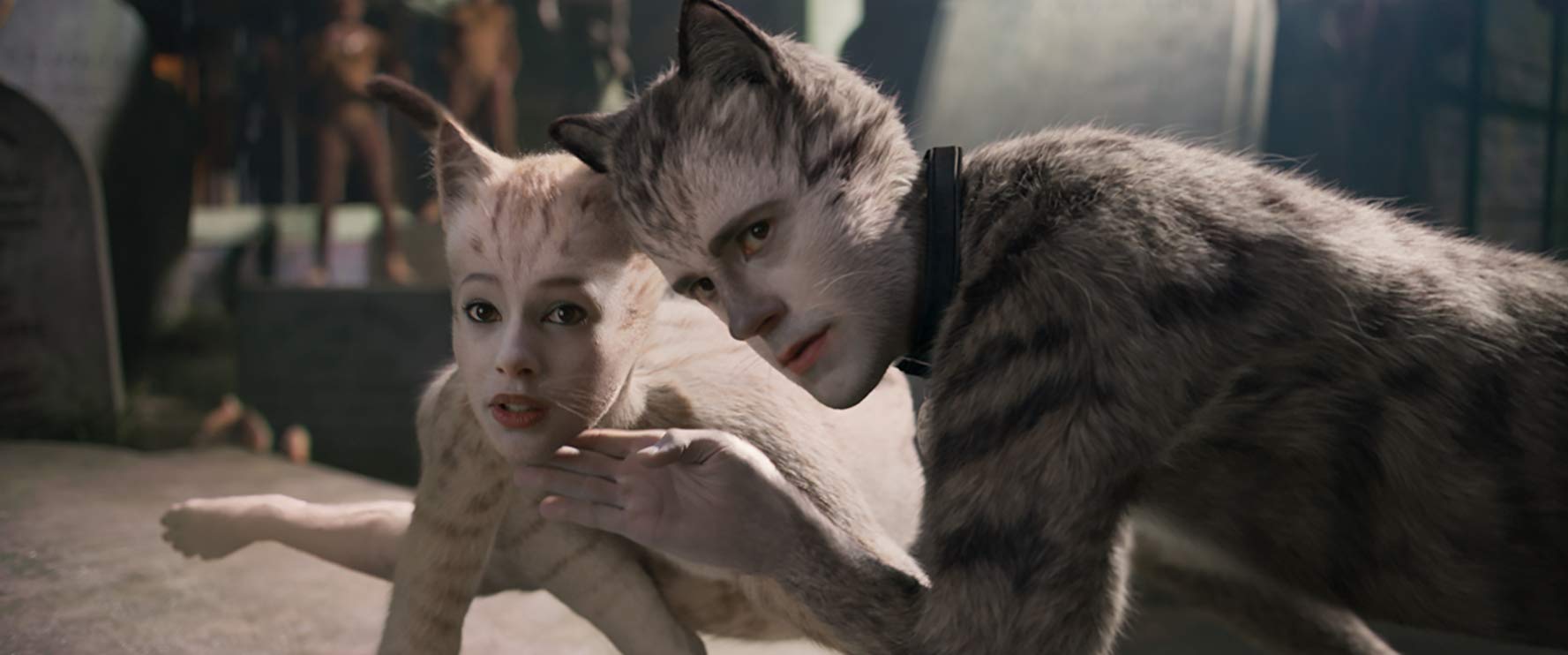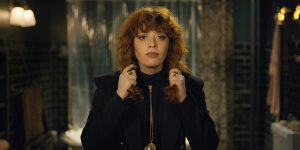Thirty-eight years ago, Andrew Lloyd Webber’s fever dream of a musical Cats premiered in London’s West End and has spent its nearly four-decade life as one of the most popular musicals of its time. Based on T.S. Eliot’s Old Possum’s Book of Practical Cats, the show tells the story of a group of so-called Jellicle cats on the night of their “Jellicle choice,” which determines which cat will get to go onto the Heaviside layer. In plain language, these cats want to go to cat-heaven and resurrect for another cat-life.
But if this bizarre plotline sounds even slightly intriguing to you, Tom Hooper’s adaptation of Cats will disappoint. Caught up in its eerily realistic CGI effects and offbeat artistic vision, Cats fails both to communicate its story and do justice to the music that made a mediocre show so popular in the first place.
The film opens with Victoria (played by British ballerina Francesca Hayward) being abandoned by her family in a garbage heap. Hayward’s dance background is evident from the opening song, “Jellicle Songs for Jellicle Cats,” and her elegant ballet breaks are easily the film’s best work. Her singing voice is clear and works well with her part, but even a strong lead can’t save Cats from itself.
On the red carpet at the film’s premiere, Hooper told Variety that he finished the movie with hours to spare before the release, a fact that would have been obvious without clarification. The CGI merging of human actors with cats is horrifying and inconsistent across the board. For some characters, like Victoria or Rum Tum Tugger (Jason Derulo), the animation looks fairly passable. For others, like Jennifer Hudson’s Grizabella or Judy Dench’s Old Deutoronomy, the human-cat hybrid is distracting. Their faces look poorly Photoshopped onto a cat’s body, and the effect is terrifying. Though the background set and lighting in the film are colorful and beautiful, all eyes are on the eerie character design.
The film’s odd technical choices also put its plotline in the backseat. In the stage version of Cats, the musical is sung-through, with absolutely no dialogue and very little discernible storylines. The movie tries to dilute the staged version’s lack of script by adding some expository dialogue and changing up the chronological order of the original but fails to actually convey what is happening.
Hudson is woefully underused, basically playing no role in the film other than occasionally crying and (beautifully) belting “Memory.” There is a brief attempt in “Grizabella: The Glamour Cat” to explain her character’s tragic backstory, but poor singing and distracting animation make it hard to grasp why Grizabella is so heartbroken in the first place. Idris Elba plays Macavity, the movie’s villain, and he’s doing his best. Though the musical version only includes Macavity in one song, Hooper chooses to put him in the entire film but fails to integrate him into the story. He appears fleetingly from scene to scene with no obvious motive or evident goal. Ian McKellen’s Gus the Theatre Cat is randomly introduced halfway through the film, and Laurie Davidson’s Mr. Mistoffelees is hardly used until the end, despite being central to the plot. With so many characters and not enough devotion to any of them, Hooper’s attempt at a storyline in a musical that traditionally doesn’t have one seems half-baked and weak.
The convoluted plot, however, could be forgiven if the musical numbers actually pulled their weight in telling the story. A few stand out as particularly good. Derulo’s “The Rum Tum Tugger” is an entertaining and well-performed song, Steven McRae’s dance breaks in “Skimbleshanks: The Railway Cat” are phenomenal, and Taylor Swift is unexpectedly cunning in “Macavity: The Mystery Cat.” Hudson, as expected, gives us the best rendition of “Memory” ever done, blowing the lid off of one of the most-covered musical theater numbers.
Other songs, however, just fall flat. Musical movies don’t necessarily require the professional-level singing that Broadway does (Natalie Wood, for example, didn’t sing her own part in 1961’s West Side Story). But there is still a need for the lyrics of songs to be clear and understandable, especially in a film that relies heavily on numbers to tell the story. In “Gus: The Theatre Cat,” McKellen’s words sound mumbled, and the actor seems more confused and senile than the character he plays, a washed-up actor who embodies the “Okay, Boomer” meme. It’s a disappointing performance for someone who is among the most acclaimed stars in Cats. Other musical numbers also fail to tell the story effectively: “Grizabella: The Glamour Cat,” “The Naming of Cats,” and James Corden’s “Bustopher Jones: The Cat About Town” all suffer from the same lack of direction and vocal clarity.
Hooper’s Cats is visually horrifying, narratively confusing, and musically disappointing. Long time Webber fans might find the film appealing simply because of the famed show it portrays, but the movie is far worse than staged versions. The film tries too hard to achieve artistic glory in several arenas to be good at any of them, and efforts to break boundaries technically and creatively are not up to scratch. For a movie with such a star-studded cast and popular source content, Cats will only be memorable in the sea of holiday releases because of its failures.





